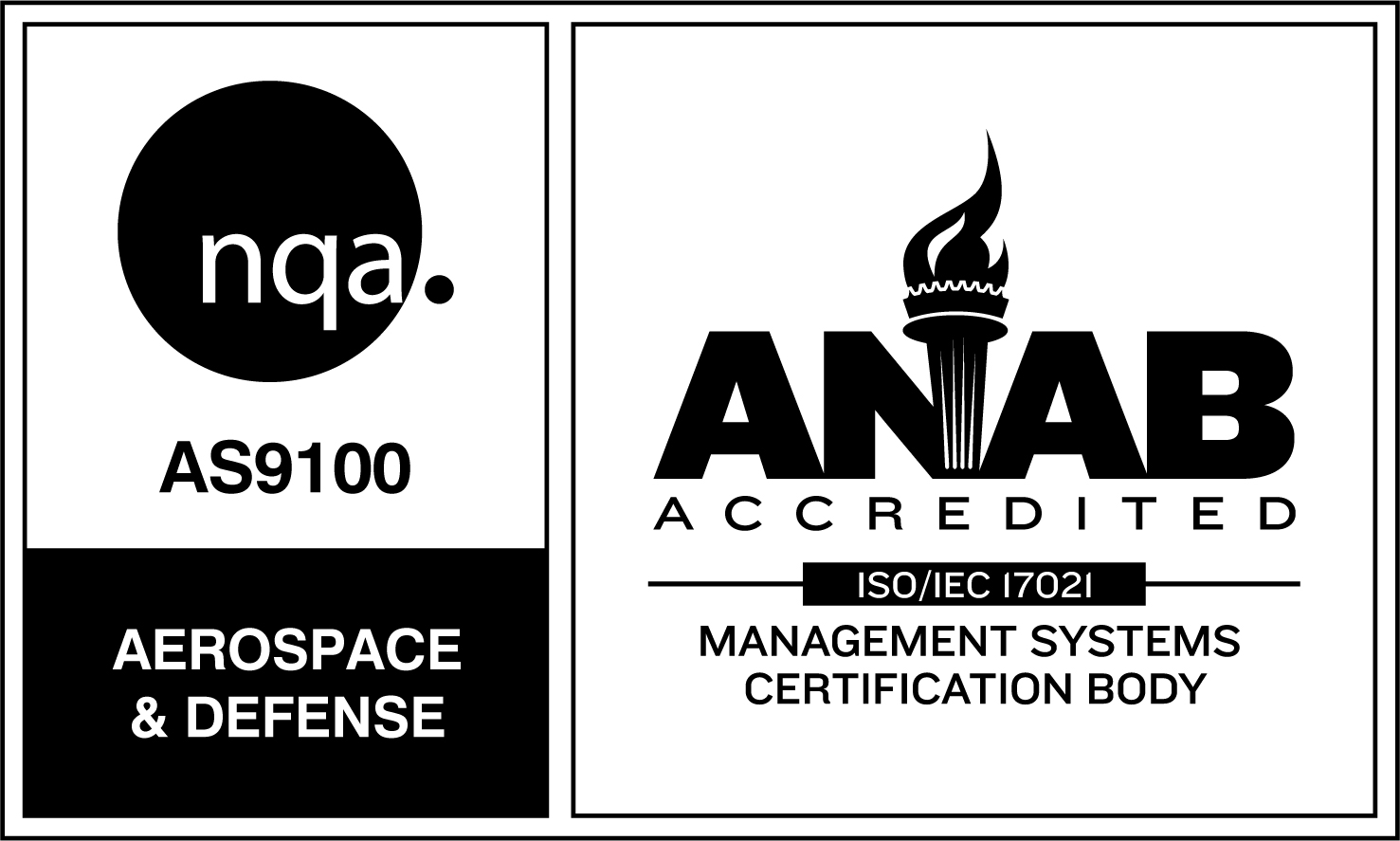Brazing has been around a long time. Some of the first examples of techniques resembling brazing date back five thousand years or so. In other words, even though brazing is used to manufacture parts used in some of today’s most sophisticated machines, the basics of the process are almost as old as civilization itself.
That doesn’t mean that today’s brazing techniques aren’t benefitting from technology. Despite thousands of years of experimentation, there’s still room for improvements. Modern technologies, from highly engineered materials to precision sensors, are providing brazing shops with innovative ways to deliver better results for their customers.
It starts with engineering.
Considering our size, Thermal-Vac has an unusually large in-house engineering team. We grew our engineering team to supplement our clients’ capabilities, which typically can benefit from specialized advice about the services we perform. The necessity of dedicated engineers highlights the reality of brazing today: although it’s an ancient process, many projects require advanced techniques.
In the engineering sphere, new materials often present complex puzzles for brazing projects. Thermal-Vac’s clients are an innovative bunch. Businesses in advanced industries like aerospace or medical devices constantly push the envelope of what can be accomplished with materials.
New metallic alloys can solve all sorts of engineering challenges, but the characteristics that make them ideal for an application—molecular structure, temperature responses, and so on—can make conventional brazing approaches unworkable. New approaches are needed.
Even relatively familiar materials are being re-engineered to achieve superior performance results, with corresponding implications for brazing. A project at the University of Illinois in Champaign, offers an example of the sort of work being done to push the intersection of materials engineering and brazing. The project explored new microstructure surfaces in components that would improve the strength and air-tightness of brazed joints in HVAC equipment.
Technology is improving how brazing is done.
Along with improving materials and component design, the process of brazing itself undergoes constant adjustments. At the most elementary level, brazing relies on the brazing technician’s hands-on skill. Specialized tools are making the work more efficient, more accurate, and more consistent.
For example, quality control is a critically important part of a brazing process. At Thermal-Vac we take advantage of the latest digital technologies to provide us with continuous insights into how brazing is done in our shop. Video taken from dozens of cameras throughout the facility ensures that each step of a process can be reviewed in detail. Monitoring equipment, including digital readouts from thermocouples located inside brazing furnaces and mounted on components, allow for a braze to be controlled at a level of detail that was not possible when Thermal-Vac started brazing parts for NASA’s space shuttle in the mid-80’s.
Let’s talk about brazing.
The team at Thermal-Vac loves talking about brazing techniques. We’re an open resource for professionals in the industry who want to better understand how to improve their manufacturing processes in general or their brazing techniques in particular. Ready to start a conversation? Get in touch with Thermal-Vac today.


